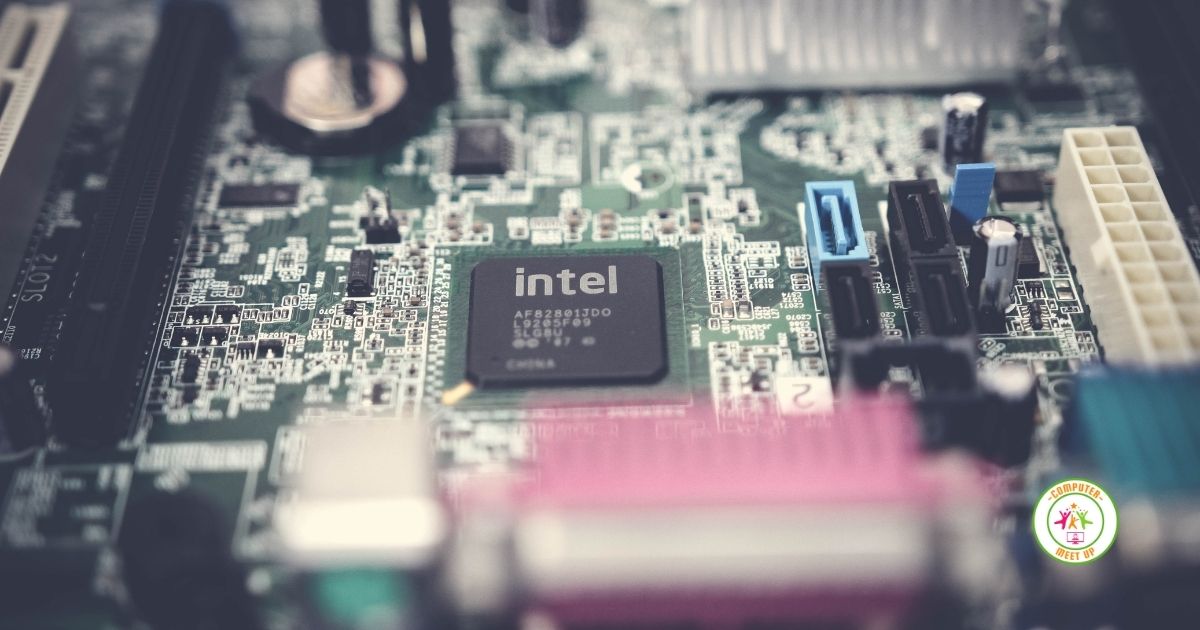Motherboards are the backbone of your computer system. They are responsible for connecting all of the components and ensuring that everything runs smoothly. Unfortunately, like any other piece of hardware, motherboards can experience problems from time to time. In this article, we will explore the most common motherboard problems, how to diagnose them, and what you can do to fix or prevent them.
Common Motherboard Problems
Motherboard not powering on
One of the most common motherboard problems is when the motherboard does not power on. This can be caused by a number of different issues, including a faulty power supply, loose cables, or a dead motherboard. To diagnose this issue, you should start by checking the power supply and cables. If they are functioning correctly, you may need to replace the motherboard.
Overheating
Overheating is another common problem with motherboards. This can be caused by a variety of factors, such as poor airflow in the system, dust buildup, or faulty fans. Overheating can cause damage to the motherboard and other components, leading to system crashes and other issues. To prevent overheating, it is important to keep your system clean and well-ventilated.
Dead BIOS
The BIOS (Basic Input/Output System) is a program that runs when you start your computer. It is responsible for loading the operating system and initializing hardware components. If the BIOS becomes corrupted or damaged, your computer may not be able to start up. To fix this issue, you may need to reset the BIOS or replace the motherboard.
Faulty Capacitors
Capacitors are small components on the motherboard that store and release electrical energy. If a capacitor fails, it can cause a variety of issues, such as system instability, crashes, and data loss. Faulty capacitors can be caused by poor manufacturing, overheating, or age. If you suspect that a capacitor is causing issues, you should replace it immediately.
Damaged sockets and slots
Motherboards contain a variety of sockets and slots that allow you to connect components such as CPUs, RAM, and graphics cards. Over time, these sockets and slots can become damaged or worn, leading to connectivity issues or hardware failure. To prevent this, it is important to handle your components carefully and avoid inserting them too forcefully.
Compatibility issues
Not all components are compatible with all motherboards. If you are upgrading your computer, it is important to check the compatibility of your new components with your existing motherboard. Installing incompatible components can cause a variety of issues, such as system instability and crashes.
Slow performance
If your computer is running slow, the issue could be with your motherboard. Slow performance can be caused by a variety of issues, such as outdated drivers, low RAM, or a failing hard drive. To diagnose the issue, you should run a system performance test and check for any hardware issues.
Prevention and Troubleshooting Tips
Preventing motherboard issues is key to maintaining a healthy and functional computer system. Here are some tips to prevent common motherboard problems:
- Keep your motherboard clean and dust-free – Regularly clean your motherboard with compressed air to remove dust buildup and debris.
- Ensure proper airflow in the system – Proper ventilation is crucial to prevent overheating. Ensure that your computer case has enough ventilation and that your fans are functioning correctly.
- Use high-quality components – Using high-quality components can prevent compatibility issues and improve system performance.
- Update BIOS and drivers regularly – Regular updates can fix bugs and improve system stability.
- Run diagnostics tools and stress tests – Regularly running diagnostic tools and stress tests can help identify hardware issues before they become a problem.
- Check for loose connections – Ensure that all cables and components are connected securely and not loose.
Conclusion
Motherboards are essential to the functioning of your computer system. Unfortunately, they can experience problems from time to time. By understanding common motherboard problems and taking preventative measures, you can ensure that your computer system stays healthy and functional.
FAQs
- Can a failing motherboard damage other components in my computer?
Yes, a failing motherboard can damage other components such as the CPU, RAM, and hard drive.
- What should I do if my motherboard is overheating?
Ensure that your system is well-ventilated and that your fans are functioning correctly. You can also use a cooling pad or install additional fans to improve airflow.
- How do I know if my motherboard is dead?
If your computer is not powering on or if you are experiencing other hardware issues, it could be a sign that your motherboard is dead.
- What should I do if I am experiencing compatibility issues with my motherboard?
Check the compatibility of your components with your motherboard before purchasing. If you have already installed incompatible components, consider replacing them with compatible ones.
- How often should I clean my motherboard?
It is recommended to clean your motherboard every 6 months to a year, or more frequently if you live in a dusty environment.


